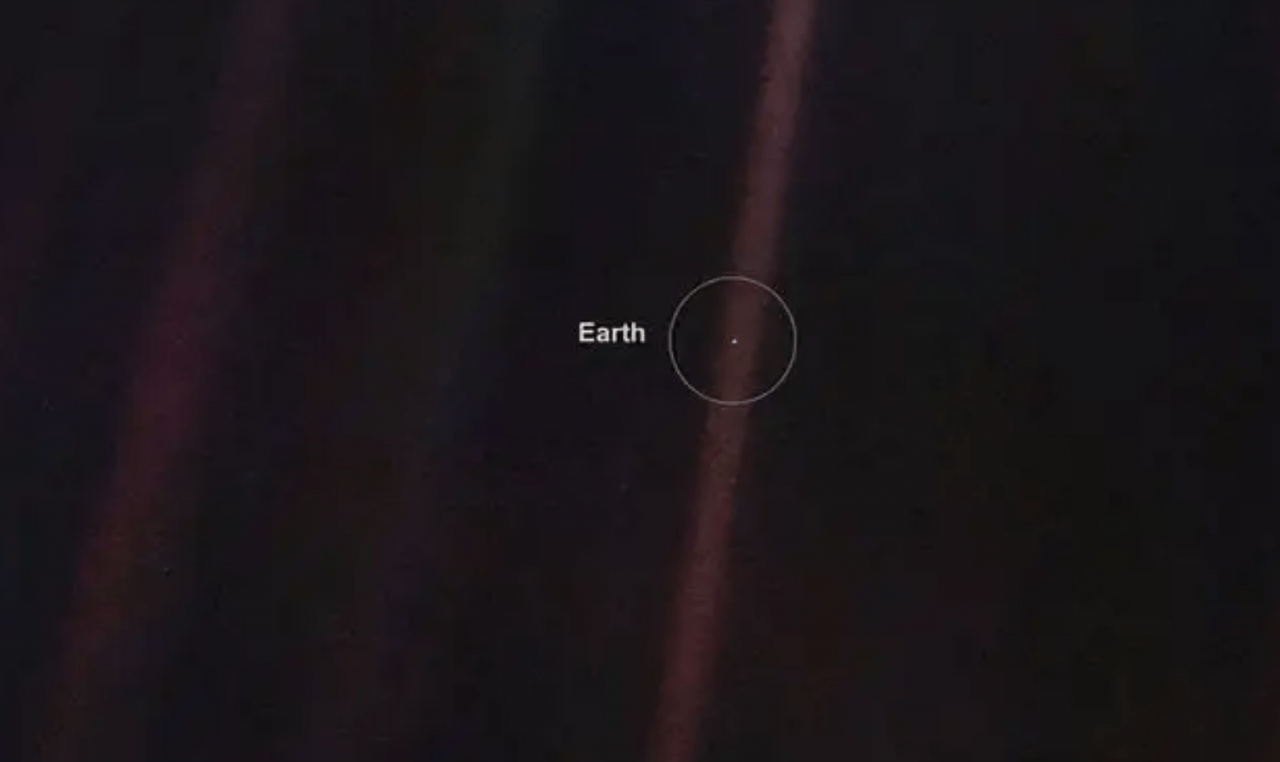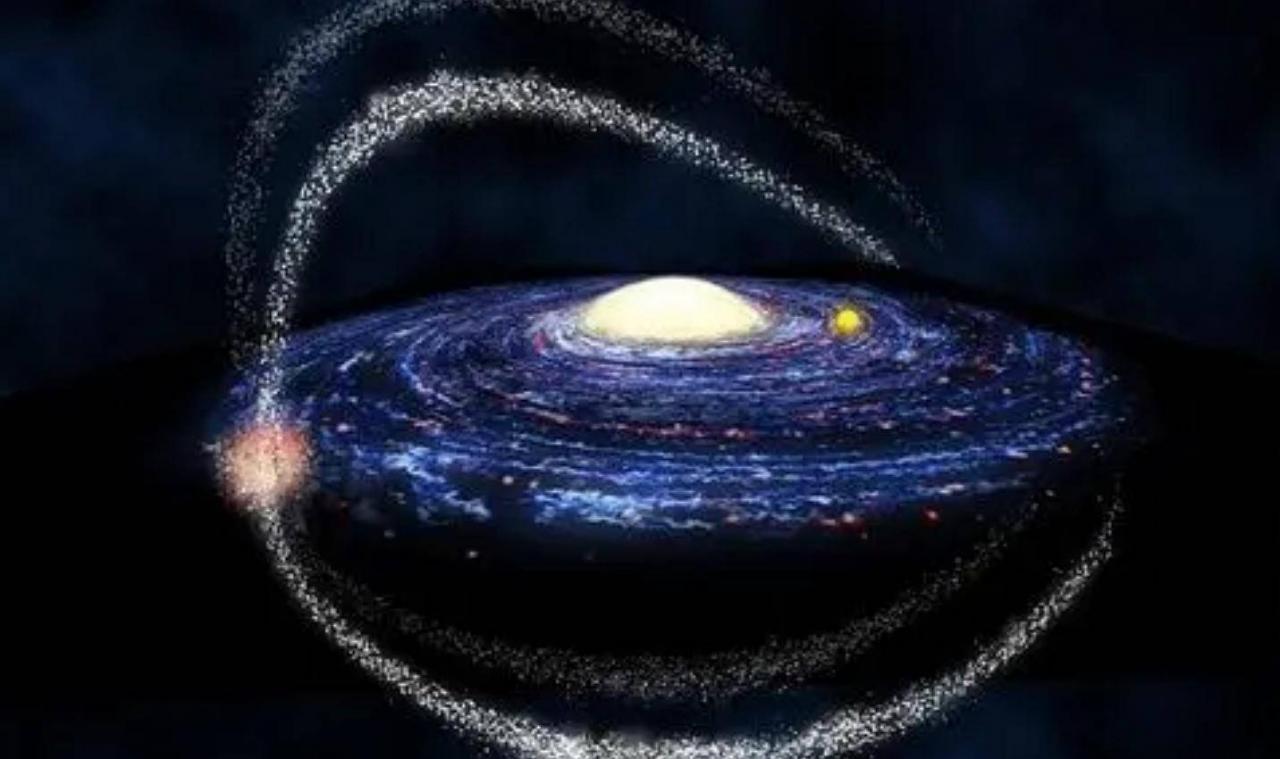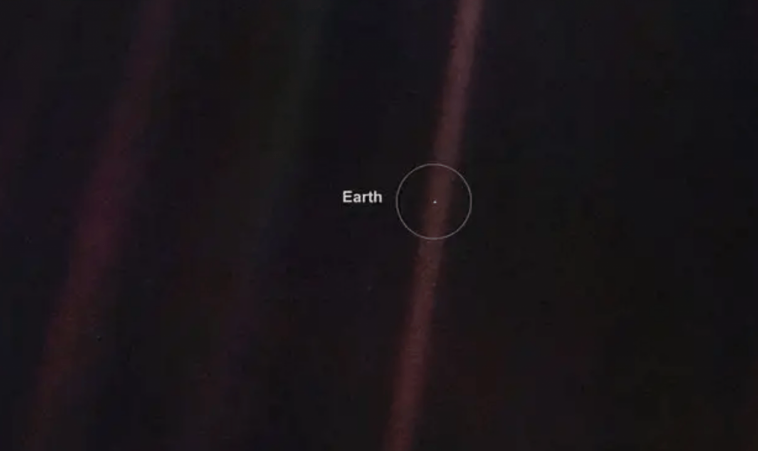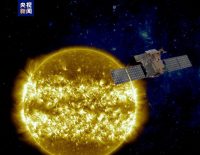Voyager in the Universe
The competition between the United States and the Soviet Union in the aerospace field in the last century has led to the rapid development of human aerospace technology.
In the face of the achievements of the Soviet Union in the field of aerospace technology, the United States, not to be outdone, decided to start a major project in this field. This major project is the planetary journey plan that has attracted worldwide attention.
The U.S. launched a probe loaded with records of human information.
The record includes 55 human greeting languages and music from various countries, as well as a large number of images of the human body and related information about the solar system.
NASA is trying to send a message about human civilization to extraterrestrial life.
In Voyager 1, there are three radioisotope thermoelectric machines, and a complete power system can make it work until 2025.
In addition, there are radio communication systems that can go beyond the limits of the solar system, and there are network stations on Earth for receiving and transmitting related signals from Voyager 1.
In this way, Voyager 1, carrying the hope of mankind, left the earth.
The original intention of human beings to design Voyager 1 is to let it fly out of the solar system and into a wider extraterritorial galaxy.
But if you want to fly out of the solar system, you must reach the third cosmic speed in order to get rid of the gravitational constraints of the solar system.
The minimum speed to escape the sun’s gravity is 42.1 kilometers per second, in addition to the speed of the earth’s rotation of 29.8 kilometers per second.
Taking other factors into account, that is to say, if it were launched in the direction of the earth’s revolution, Voyager 1 would need a speed of 16.7 kilometers per second to leave the solar system.
With the help of the special arrangement of Saturn, Jupiter, and Neptune, which are rare in a century, Voyager 1 is affected by the gravitational force of different galaxies to form a natural slingshot, which helps Voyager 1 accelerate to reduce fuel consumption and make it more efficient in the universe. long-distance sailing.

Of course, Voyager 1 also sent back pictures of galaxies in the solar system from time to time during the acceleration process.
These pictures include the outer layers of Jupiter and Saturn, etc., and provide practical image data for human research in the field of aerospace.
With the deep flight of Voyager 1, it has now passed through the Kuiper Belt and came to the location of the Oort Nebula.
Some people in the scientific community think that the Kuiper belt is the edge of the solar system, and flying out of the Kuiper belt is equivalent to flying out of the solar system.
But some people believe that the Oort Nebula is also a part of the solar system, and to really pass through the solar system, it must pass through the Oort Nebula.
Although Voyager 1 has actually left the solar system, there has been no conclusion, but so far, Voyager 1 is the farthest man-made object away from humans, having traveled 23.29 billion kilometers.

Such a flight distance is equivalent to one thousandth of a light-year unit, when Voyager 1 took a thought-provoking photo.
Compared with the photos of other astronomy circles, the photos returned by Voyager 1 are extremely low in pixels, only a small 0.12 pixels.
In the blurred photos, people can’t judge the names of most of the stars. There is only one luminous dot in the center of the photo, which is particularly eye-catching. This dot is the earth on which human beings live.
Everyone knows that in the vast universe, the size of the earth is not even the size of dust, but when the real picture was introduced to people’s eyes, everyone was still shocked and thought deeply.
The radius of the currently observable universe for human beings is 45.6 billion light-years. No one can tell how big the entire universe is. After all, the level of human technology is limited. We are like the “Mayfly” written in the book, small and short-lived. Trapped in one’s own world.
You must know that human beings have not gone out even a light-year distance, let alone a distance of 45.6 billion light-years.
How far is a light-year, everyone may not have the concept, and everyone knows how to convert a light-year into a unit that is familiar to everyone.
Many people mistakenly think that a light-year is a unit of time
One light-year is about 9460730472580800 meters. The fastest human aircraft, the rocket, has a speed of 13,000 meters per second to 17,000 meters per second without carrying any heavy objects.
According to the fastest speed of a rocket, one light-year needs to fly for 17,500 years, and the distance of 45.6 billion light-years is already difficult for humans to measure with ordinary units of measurement.
It can be seen that the earth is small enough in the universe, just like in microscopic science, atoms are relative to the human world.
Voyager 1 has turned off most of its functions to save power, and it needs enough energy to break out of the Oort Cloud and fly to the center of the Milky Way.
In 2025, Walker 1 will be completely out of power, and it will be wandering in the universe at that time, and its whereabouts are unknown.
It may be pulled back by the gravity of the solar system when it is wandering, and come to humans again, or it may be affected by other galaxies and fly to an unknown direction.
There is also a more ambitious possibility, and that is to fly beyond the Milky Way!
Of course, this is far beyond the expectations of scientists when it was made, but there is actually a possibility.
To fly out of the Milky Way, it is necessary to reach the fourth cosmic speed, which is calculated based on the size and mass of the Milky Way.
Since humans cannot calculate the exact value, they can only estimate that the speed of the fourth universe is about 525 kilometers per second.
Walker 1 is in the Milky Way, and there may be a turnaround due to the explosion of various cosmic events, exceeding the fourth cosmic speed.
There is a chance, and no one can say how big it is. There are many fields unknown to mankind in the vast universe, and anything can happen.
The Walker 1 carrying the record may one day reach an alien civilization, and even if it disappears into the universe, the record will still wander.
Records are made of special cosmic materials. In theory, they can exist for 100 million years. One day they will be found by alien civilizations. They will learn from the records that there is a group of humans in the universe.
Beyond the Milky Way, it is too far away from humans, but humans can at least start by recognizing galaxies and gradually explore the entire observable universe.
In the universe, the Milky Way is a luminous galaxy similar to a flat spiral with billions of stars, and the Earth is located 2.6 trillion light-years from the center of the Milky Way.
There are many galaxy groups outside the Milky Way, of which people are most familiar with the Andromeda Nebula, which is also the first extragalactic galaxy discovered by humans.
According to astronomers’ observations, the Andromeda Galaxy is 1.6 times the size of the Milky Way, with a diameter of about 220,000 light-years. There are one trillion stars in it, making it a huge galaxy group.
The IC 1101 galaxy is the largest galaxy in the human observable universe. It is 1.04 billion light-years away from the earth. Its radius is 2 million light-years, which is equivalent to more than 20 times the size of the Milky Way.
Astronomers spotted it as early as 1970, and it wasn’t confirmed as a separate galaxy until 1932.
There are still many galaxies in the universe, and most of them are unnamed because of the large number.
Countless planets converge into galaxies, and countless galaxies converge into Earth, so what about beyond the universe?
This is a field that the scientific community cannot reach for the time being, but there are speculations that outside the universe is a super space composed of countless universes, and their existence is called a parallel universe.
In the face of so many unknowns, will human beings be able to uncover the mystery of the universe one day?
You must know that the universe is still expanding at a superluminal speed, and the universe will become larger and larger in the future. The speed of human beings is like dust in front of the universe, and it seems that the frontier of the universe will never be observed.
But science is progressing, and it would be too narrow if humans were limited to just the concept of speed.
With the development of scientific theories, the space folding theory, also known as the wormhole theory, can allow humans to travel fast.
In the future, what humans need to consider may not be close to the speed of light, but how to use wormholes to achieve space spanning faster than the speed of light.




GIPHY App Key not set. Please check settings